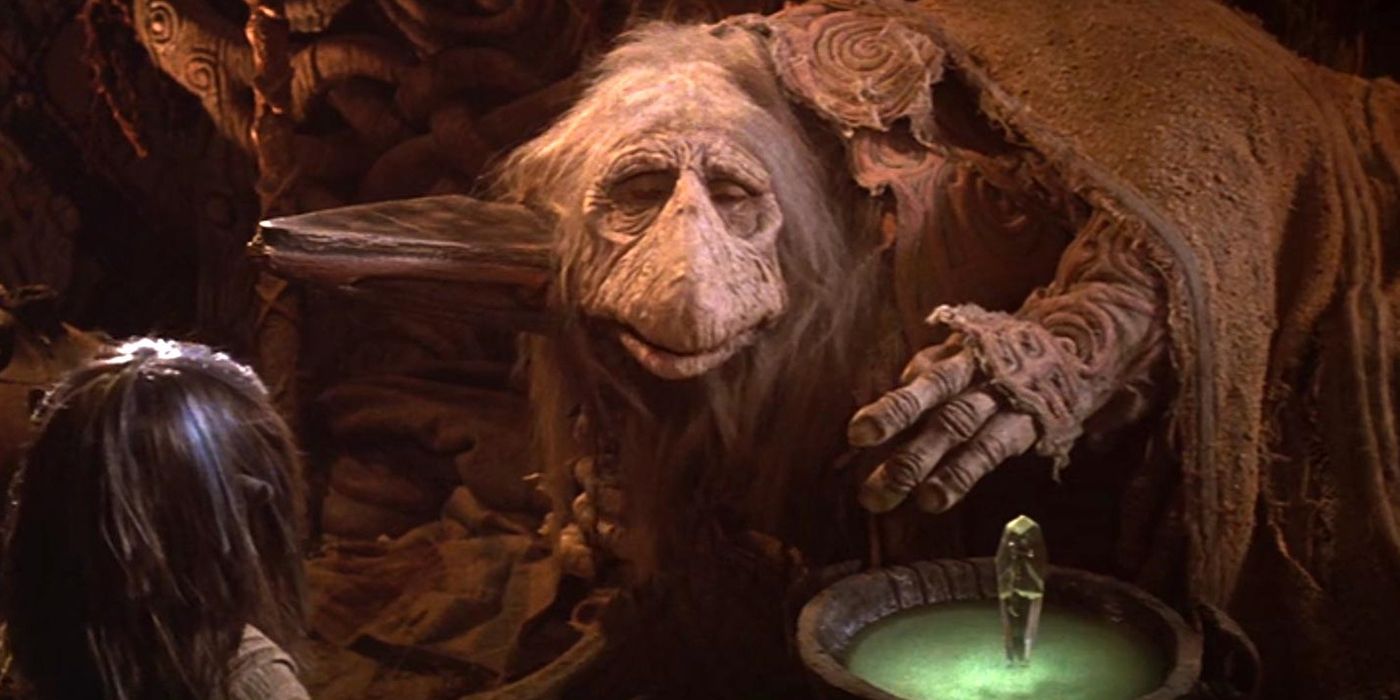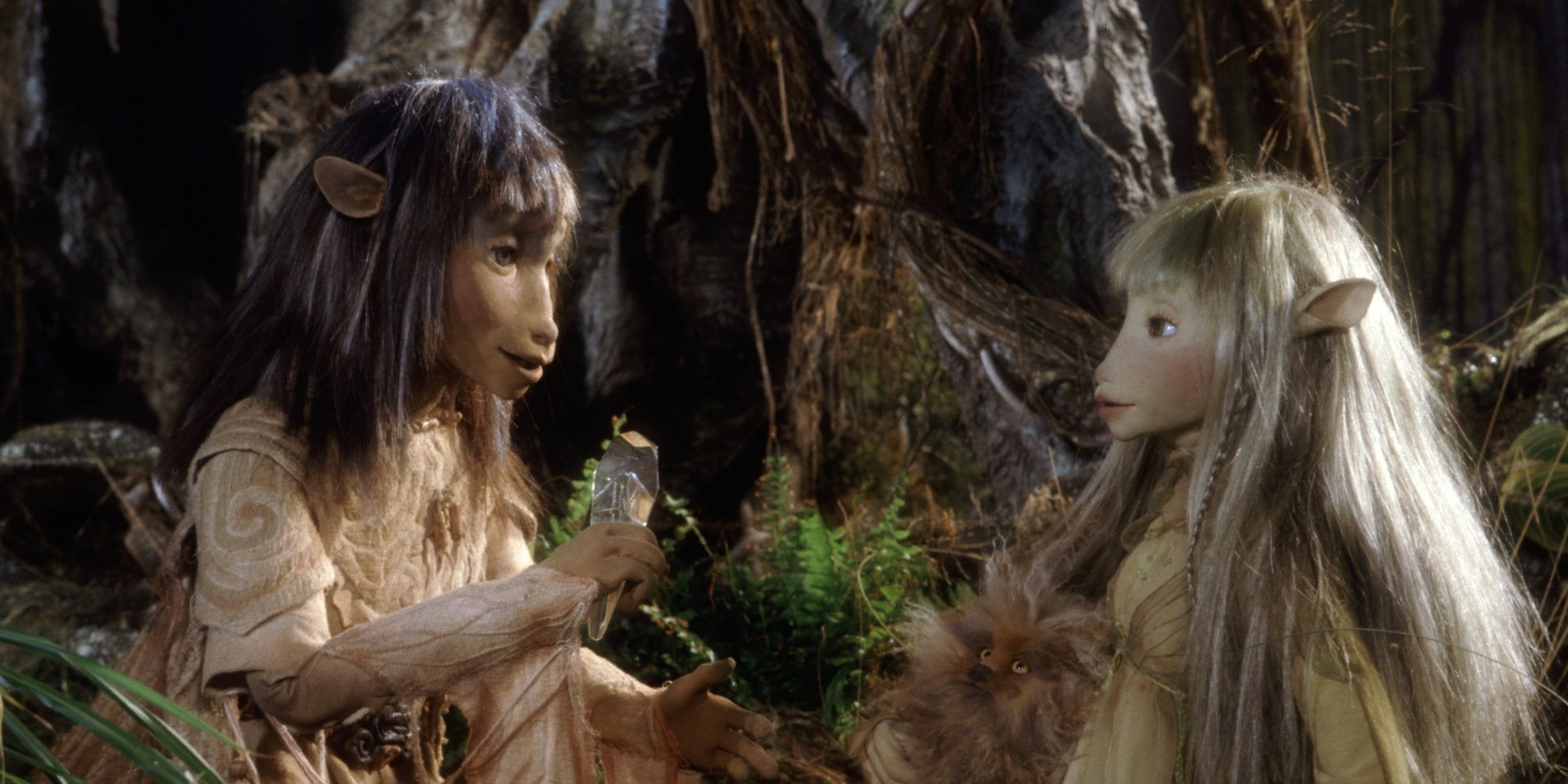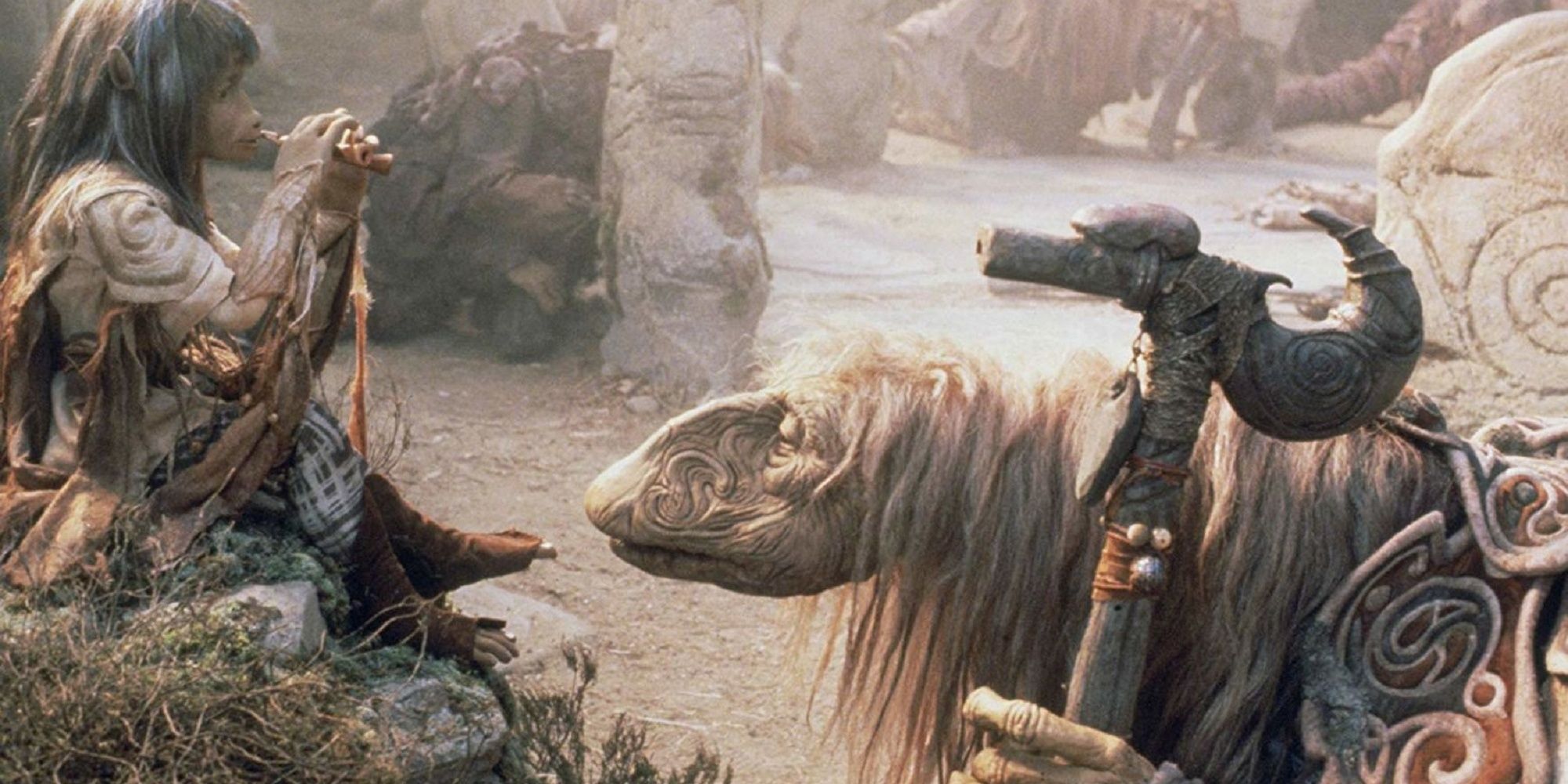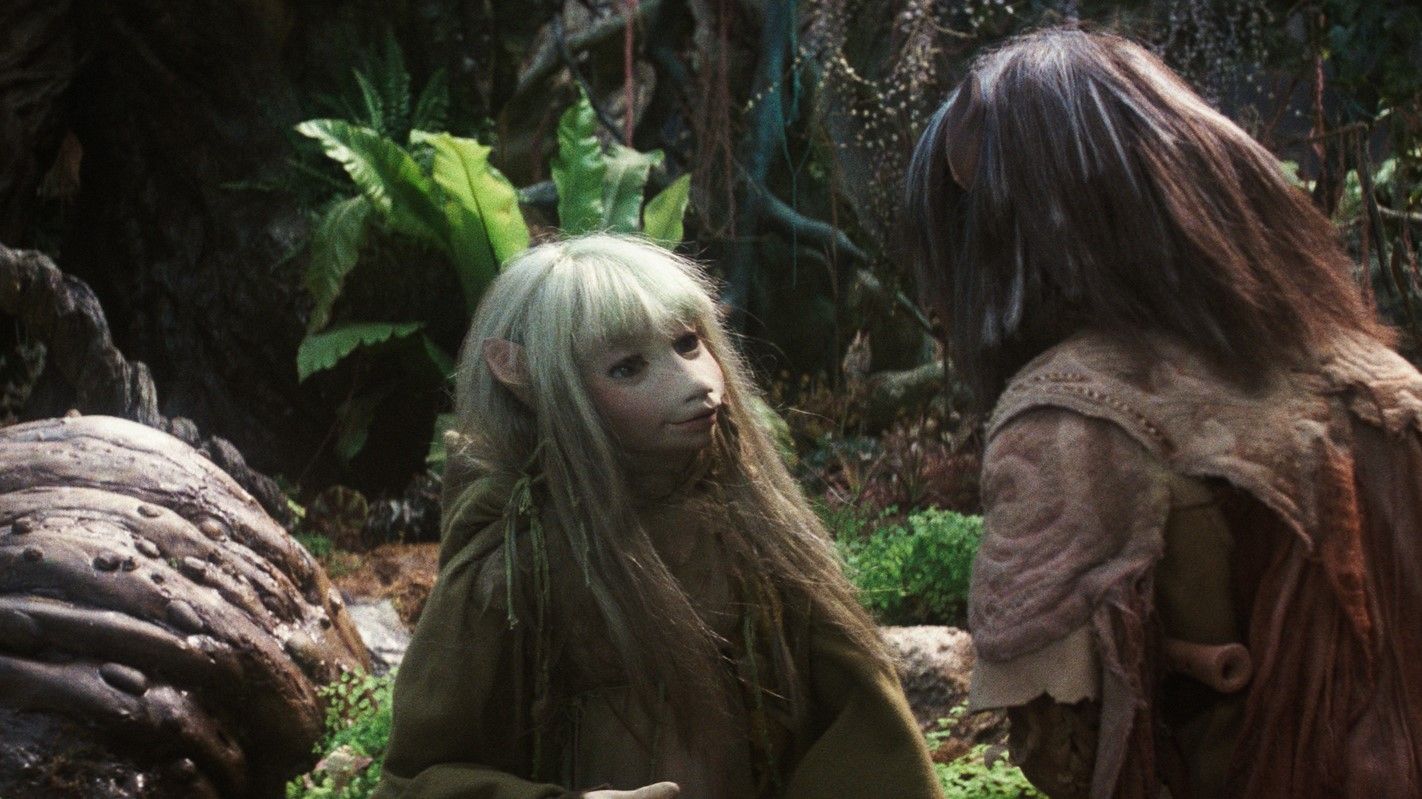If you never had the chance to watch Jim Henson and Frank Oz’s The Dark Crystal, the first thing you’ll probably notice is how good the movie looks. Despite being initially released in 1982, The Dark Crystal still looks better than many CGI-based fantasy movies released in the last couple of years, which alone should be a testament to how practical effects endure the test of time and are still capable of amazing us four decades later. The second thing you should notice is that The Dark Crystal is not your typical fantasy story, as it subverts tropes that are still being used to exhaustion nowadays.
The Dark Crystal begins with a lengthy exposition that tells you everything you need to know about the world of Thra, an alien planet devastated a millennium ago when the Crystal of Truth was shattered for unknown reasons. Right after the crystal’s shattering, two races emerged in the world of Thra. First, we have the vicious Skeksis, who remain in the Dark Crystal’s castle, perverting its powers to prolong their unnatural lives. Then, we have the Mystics, a peaceful tribe that builds a life for themselves, removed from society, learning to thrive in nature without contact with society.
An expository narration might be a tiresome way to start a fantasy movie, but it is nevertheless needed due to the complexity of the setting. Henson came up with a fantasy world filled with secrets and history, and without understanding how the world of Thra works right from the start, it would be hard to follow the journey of Jen (voiced by Stephen Garlick), a hero who’s prophesied to retrieve the missing shard and restoring the Crystal of Truth. Proof that The Dark Crystal offers a layered world to explore is that the movie spawned novels, comic books, and even a Netflix prequel series, all built over the same foundations laid by Henson’s original story. It’s no wonder The Dark Crystal spends so much screen time wandering through the lands of Thra just to show the setting's rich fauna, flora, and cultural landmarks.
While Jen’s adventure follows a more-or-less straightforward path, The Dark Crystal keeps surprising us until the credits roll. The world of Thra is populated by dozens of unique creatures, imagined by folklore legend Brian Froud, who would also go to work with Henson in 1986’s Labyrinth. On top of that, the Skeksis, the Mystics, and every other race that populate the lands have their own costumes and rituals, which help to flesh out the complex relationships between different beings.
And since we are discussing design choices, The Dark Crystal deserves a standing ovation for its puppets alone. The Skeksis, in particular, are not your regular group of faceless villains the hero must defeat, but each has a unique personality expressed through their design. As for the Mystics, they all look alike, and it’s harder to differentiate one from the other. In a fantasy setting, good guys have unique traits, while villains often get a bland design, a thoughtful decision that helps the audience to perceive the hero’s actions as morally commendable since they are just killing a horde of clones. That’s not the case in The Dark Crystal for a very good reason. The Skeksis are manifestations of strife, with each member of their race trying to get the best of the others. The Mystics, on the other hand, represent harmony, so they look the same because they live in balance with each other. More than a curious design choice, the way The Dark Crystal depicts both Skeksis and Mystics reflects the story's ethos, which is not about struggle but healing.
We’ve all heard this story before: a hero rises from the ashes of his people to retrieve a magical artifact and defeat the evil rulers of the realm. At first glance, The Dark Crystal sticks close to the trope. However, the story is actually about accepting the balance between good and evil instead of destroying your enemies. There’s no war, no final duel, and no direct conflict between Jen and the Skeksis. The hero’s mission is to reforge the Crystal of Truth, cure the lands, and force the Skeksis to take their destined place in the world's order. In short, The Dark Crystal is not about solving your issues by swinging a sword, it’s about repairing mistakes of the past, all while understanding even the cruelest of creatures have their reasons to exist. It’s a message that calls for conciliation instead of mutual destruction, a moral point that remains relevant nowadays.
Fantasy keeps grappling with the gratuitous violence of the genre, and there have been several efforts to create more complex enemies, making it harder for the hero to kill everything they see. While the simplicity of good versus evil has its charm and can still be welcomed in some media, it’s also refreshing to uncover a fantasy setting where things are not so black and white, even though the story follows familiar beats that are accessible to the whole family. For that reason, The Dark Crystal still feels fresh, even four decades later — a rare feat in filmmaking.
Rating: A-




